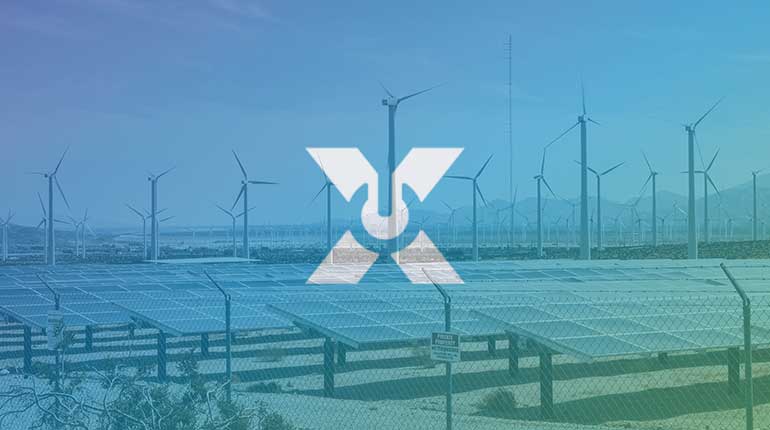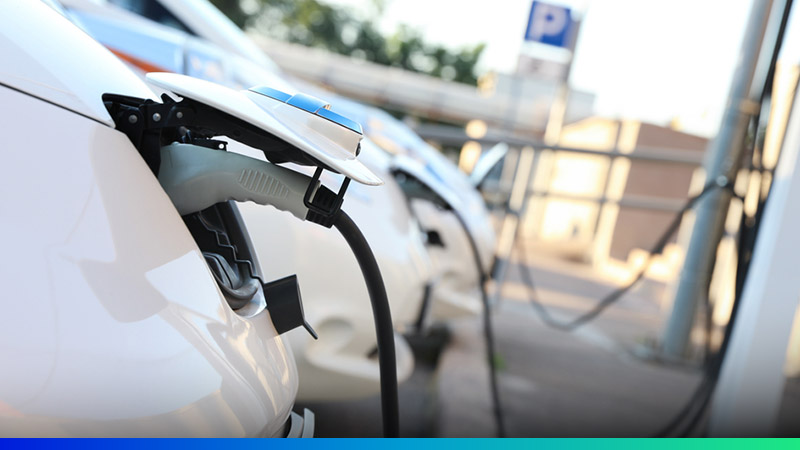Xendee Reports Remarkable Growth and Innovation in 2023
SAN DIEGO--(BUSINESS WIRE)-- Today, Xendee, the world’s leading Electric Vehicle (EV) fast-charging and distributed energy system design platform,...
4 min read
 Xendee
Apr 8, 2021 1:13:00 PM
Xendee
Apr 8, 2021 1:13:00 PM

This report documents the important steps and outcomes of the Microgrid Fast Charging Station (MFCS) Design Platform project, executed by Xendee Corporation and tested and validated by Idaho National Laboratory (INL). This final summary report builds on the first summary released on April 30th, 2021 and adds the final results from the Hardware in the Loop (HIL) simulations and tests, which have been completed on July 14th 2021. With this report Xendee Corporation and Idaho National Laboratory conclude the first version of the Microgrid Fast Charging Station (MFCS) Design Platform as well as all related tests and validations for two in-depth case studies for islanded and non-islanded operation.
The platform itself utilizes Xendee's advanced modeling systems and INL’s HIL system to ensure project viability and technical feasibility. It also intelligently maps all cables, transformers, and distributed technology interactions to anticipate and mitigate problems during peak usage or adverse conditions. Finally, the system is designed to optimize dispatch and generation at each time step of the day allowing the Microgrid to take advantage of energy sales to the utility and best manage the charging of an electrical fleet. This allows operators to reliably build bankable Microgrid systems and to operate them to reach the maximum efficiency even under the dynamic needs of electric vehicle fast charging.
Overview
This project is the first step in developing a holistic design and validation framework for roadside Microgrid configurations that deliver optimal electric vehicle fast charging, grid interaction, and value-added grid services as well as a bankable foundation for a reliable and sustainable nationwide electric vehicle (EV) charging network. The MFCS project is a joint research and development initiative created by Xendee Corporation and Idaho National Laboratory (INL) with funding by the U.S. Department of Energy, Office of Electricity.
With a focus on the next generation of roadside infrastructure, the project team has identified charging requirements, load profiles and power requirements that are particular to fast charging heavy duty trucks and EV charging at scale, defined two test cases to simulate and validate the capabilities of fast charging Microgrids, and assured compliance with standards for functionality and interconnection. The two test cases represent a grid connected MFCS with 5.83 MW of fast charging capacity as well as an islanded MFCS with 3.75 MW of fast charging capacity. Using these case studies, the project team has successfully validated Xendee's integrated Microgrid design and analysis tool for high power fast charging of large Megawatt loads for electric vehicle fleets and trucks. Additionally, power flow and distribution system modeling (e.g., voltage, frequency, transformer, and cable sizing, etc.) have been integrated with the economic design and validated via real-time simulations at INL. INL also performed transient simulations for various cases that model extreme EV charging load increases and the impact on voltage and currents.
The MFCS project also includes and integrates (a) the development and evaluation of a technical planning and economic analysis tool for the design and implementation of Microgrid Fast Charging Stations, (b) the design of the Microgrids’ underlying infrastructure, (c) and the appropriate testing algorithms to interpret the results. Additionally, it is the first tool of its kind that integrates power systems engineering for electric vehicle charging with Distributed Energy Resource (DER) modeling while also connecting local distribution and utility interactions with the financial design to capture the lowest costs and the fastest return on investment.
The steps below were concluded within the project for the two selected test cases including:
The completed R&D together with the MFCS platform allows the Microgrid and EV industry to address and assess the:
All the steps and features listed above can be addressed for grid-connected MFCS projects as well as for completely disconnected ones (islanded cases). This flexibility offers vast opportunities for wide scale integration of renewable energy generation at fast charging stations and is backed by optimized Microgrid design, dispatch, and investment decision support.
The next R&D steps for future projects will include:
The roll-out of the platform for nation-wide testing can also be considered.
Project team in alphabetical order:

SAN DIEGO--(BUSINESS WIRE)-- Today, Xendee, the world’s leading Electric Vehicle (EV) fast-charging and distributed energy system design platform,...

Xendee announces the expansion of their support of NEOM, the visionary project aiming to create sustainable cities in the Kingdom of Saudi Arabia....

Xendee Corporation and Idaho National Laboratory have launched a Microgrid Fast Charging Station Designer within the Xendee platform as well as...